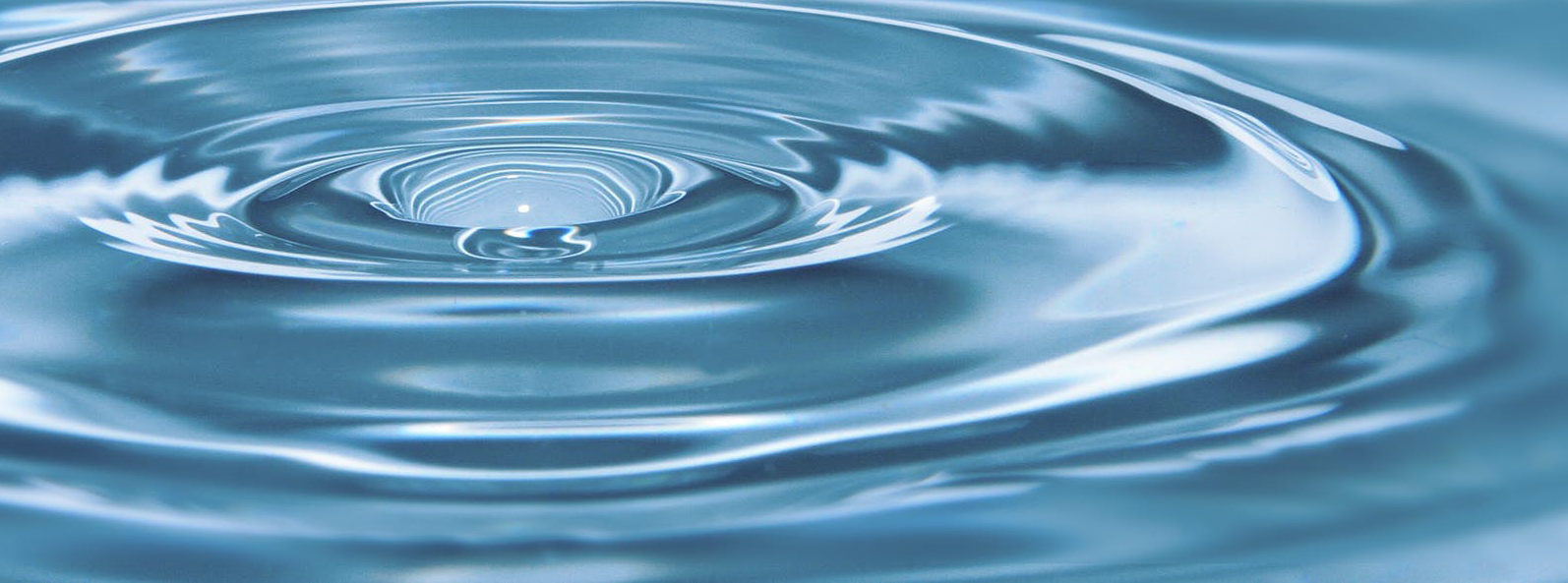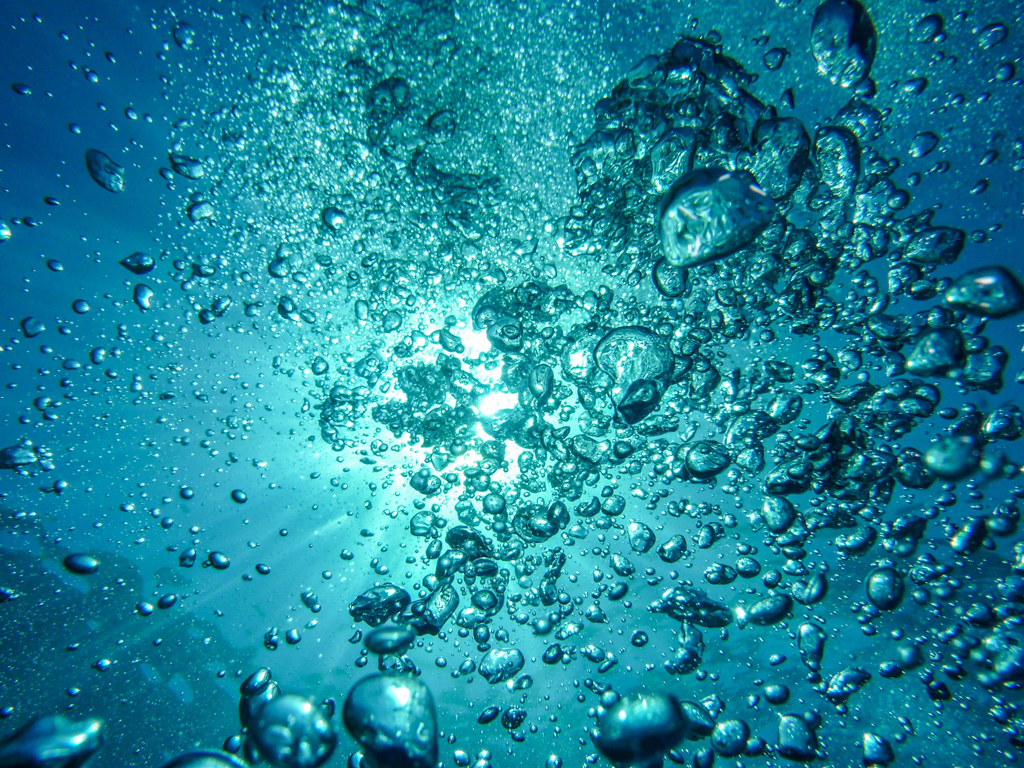
The Value of Water for the Scotch Whisky Sector

Whisky is produced by the distillation of an aqueous extract made from malted barley (or other cereals) fermented with yeast (Saccharomyces cerevisiae). Despite the different aromatic flavors of each whisky brand, Scotch malt whisky requires just four main inputs: energy, yeast, water, and malted barley. This means that the quality of water is one of the main parameters to determine the taste of whisky. The flagship industry of Scotland benefits from the high-quality water resources of Scotland, and whisky production brings huge benefits to the economy of Scotland, and according to the Scotch Whisky Association, Scotland exports >1.3 billion bottles of whisky each year, with a net export value of £4.9 billion. In addition, the Scotch whisky sector provides the UK economy with £5.5 billion in total added value and employs >10,000 people directly, and 40,000 indirectly across the UK. Some 7,000 jobs are provided in the Highlands and Islands of Scotland alone, equating to 2.5% of the working population of the region. Since the industry also sources 90% of its barley from Scotland, business is created for farmers too; and from a tourism perspective, distilleries attract 2.2 million people per year to Scotland - making distilleries the third most popular tourist attraction in the country. This success is directly related to the water used in production. The pH and mineral equilibrium of water improves the efficiency of fermentation. The cleanliness of water prevents the formation of unwanted taste in the end product. High alcohol-containing spirit must be diluted with water to obtain the end product. Water is also used for some operational purposes such as cooling/cleaning/effluent diluting. That is why the quality and quantity of water is vital for the continuation of production. We should bear in mind that the whisky industry of Scotland needs to collaborate to protect the water resources. In a typical malt distillery, 100 tonnes of draff, 345 tonnes of pot ale, 388 tonnes of spent lees and washings are produced as byproducts for every 100 tonnes of malt processed weekly. In other words, in a medium-sized distillery, 718 tonnes of waste needs to be treated for every 100 tonnes of malt processed weekly. This copper and organics rich waste must be treated before it can be disposed of to land, rivers or sea. To manage waste streams, different methods can be used such as anaerobic digestion, dead-end/cross-flow microfiltration, evaporation/combustion, direct long sea outfalls, and remote long sea outfalls. In addition to the current methods, distilleries should invest in the development of more sustainable and environmentally friendly treatment options requiring less energy input and chemicals.
Ilgaz Çakin, University of Highlands and Islands
